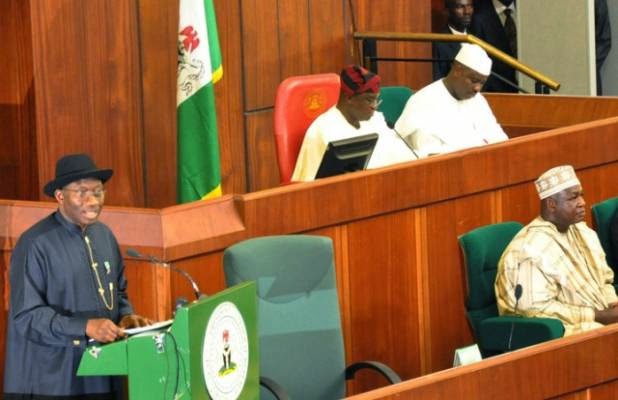7 Ideas on the Boko Haram Crisis

In this post, I outline four policies and three experimental concepts that I’d implement if in an alternate universe I went to bed and woke up as Nigeria’s President and Commander-in-Chief. Policies State Organs and Institutions Put on a War Footing Irakli Toidze’s iconic “Motherland is calling”. A Word War II propaganda poster from the Soviet Union (sovietposters.com). The poster was published in 1941, just after Germany’s invasion of the country. The motherly figure is a personification of the Soviet Union and in her arms the Soviet soldier’s oath of loyalty. Whether we choose to believe it or not, ours is a nation at war! Therefore, I will immediately put every organ of the State – i.e. the ministries, parastatals and State institutions – on a war footing. I will defend this radical move by explaining to my compatriots that we confront an ideologically committed foe whose immediate objective is to carve out an independent state on Nigerian soil. Despite r
